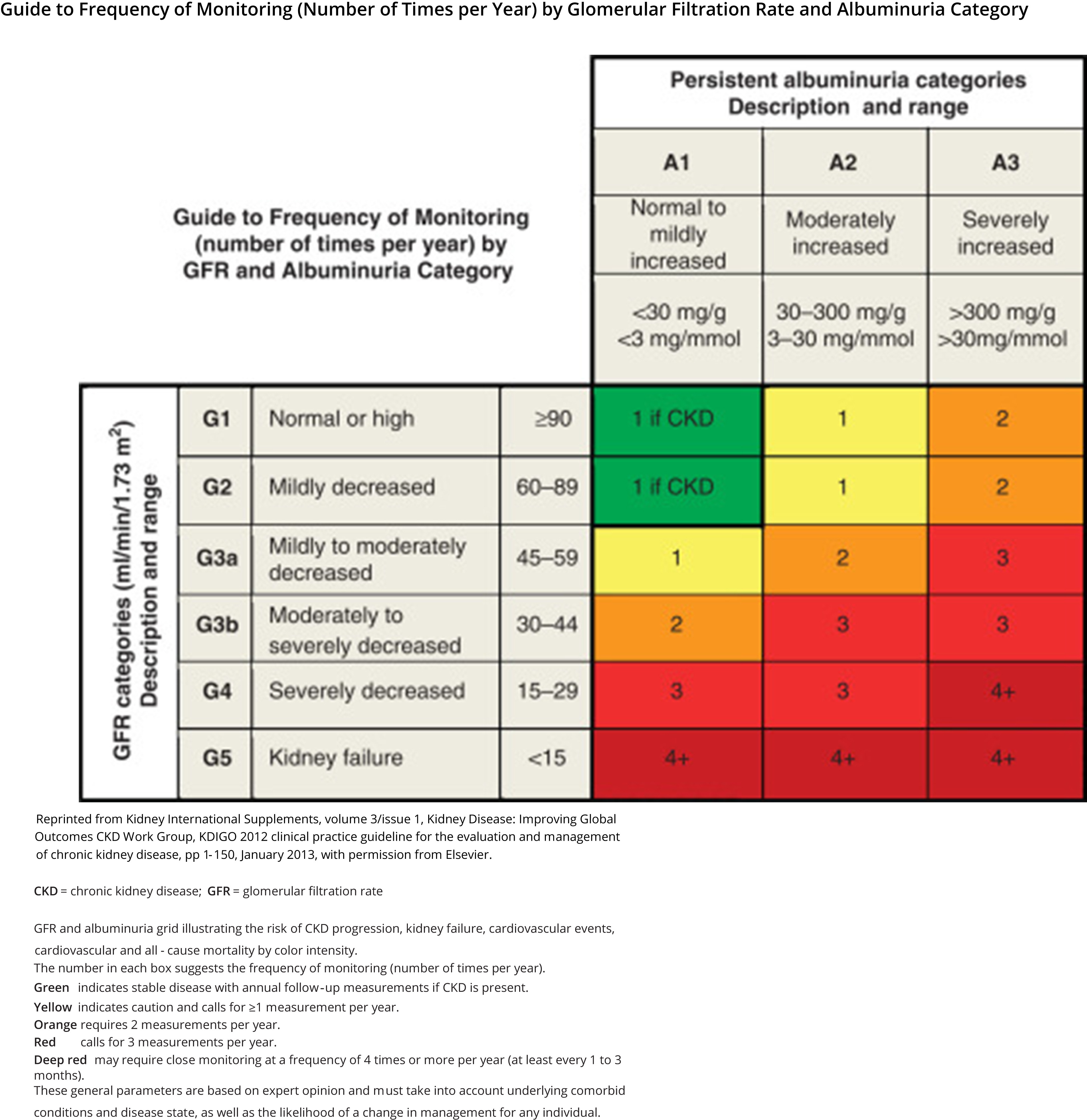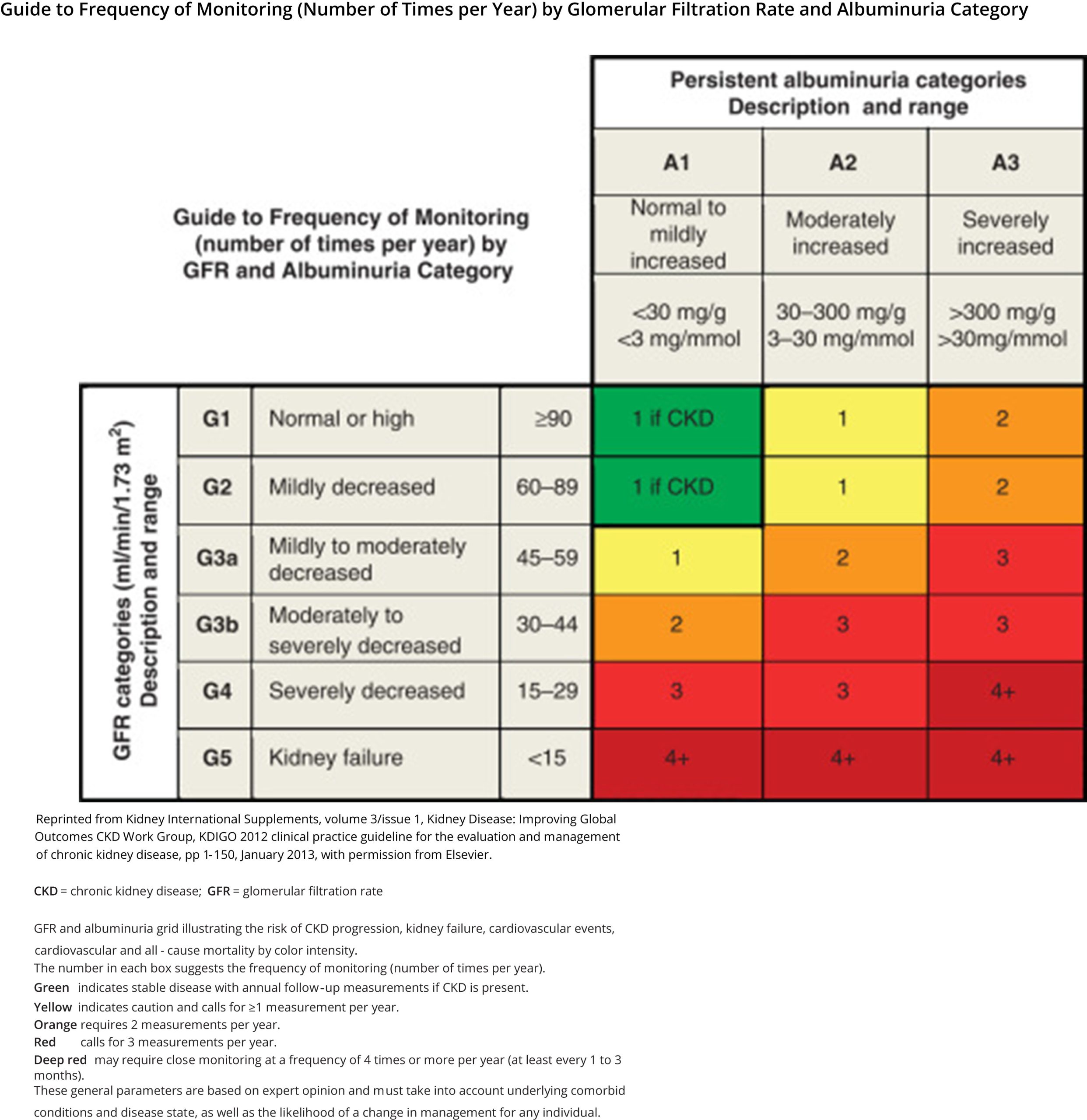
### A 13-Year Study Links Sedentary Habits in Youth to Elevated Blood Pressure: Easy Adjustments Can Aid
#### Summary:
A pioneering 13-year investigation has revealed that high levels of sedentary behavior beginning in childhood notably elevate systolic blood pressure (SBP) by 4 mmHg by young adulthood, potentially heightening the risk of heart attack or stroke. The study indicates that a straightforward change—substituting just 10 minutes of sedentary time each hour with light physical activity (LPA)—can significantly lower blood pressure levels.
#### Journal:
*Journal of Cachexia Sarcopenia and Muscle*, November 13, 2024, DOI: [10.1002/jcsm.13639](https://doi.org/10.1002/jcsm.13639)
#### Reading Time:
**4 minutes**
—
Amid rising concerns regarding physical inactivity, a significant study featured in the *Journal of Cachexia Sarcopenia and Muscle* has shed light on the long-term cardiovascular threats posed by excessive sitting in youth. This extensive study tracked the activity habits and health outcomes of 2,513 children from ages 11 to 24, revealing how a decline in movement during crucial developmental years can result in concerning blood pressure escalations.
### Monitoring Activity Over the Years
The findings highlighted pronounced shifts in activity levels as children grew into adulthood. At the age of 11, participants typically spent around six hours daily in sedentary pursuits and another six hours performing light physical activity (LPA). However, at age 24, sedentary behavior had surged to nine hours a day, while LPA had decreased to a mere three hours.
The consequences of this lifestyle alteration were evident. Throughout the study, the average blood pressure of participants rose from **106/56 mmHg** in childhood to **117/67 mmHg** in young adulthood—a noteworthy increase that might forecast difficulties for long-term heart health.
“We have previously shown that high blood pressure during adolescence correlates with an increased risk of early cardiac impairment by adulthood,” stated Andrew Agbaje, a researcher at the University of Eastern Finland and a co-author of the study.
### The Benefits of Light Activity
While a more sedentary lifestyle may appear as an unavoidable aspect of modern living, there is a positive takeaway: minor lifestyle changes can yield significant benefits.
Researchers found that exchanging just 10 minutes of each sedentary hour for light physical activity led to a **3 mmHg drop in systolic blood pressure** and a **2 mmHg decrease in diastolic blood pressure**. This is an encouraging revelation, as even slight enhancements in blood pressure can significantly minimize cardiovascular risks.
Experts note that a **5 mmHg reduction in systolic blood pressure** corresponds to a **10% decrease in the chance of experiencing a heart attack or stroke**. This strongly supports the case for integrating light activities into daily routines, particularly for younger individuals who are establishing habits that will influence their long-term health.
### Looking Forward: Addressing Sedentary Lifestyles
The ramifications of these findings are extensive, especially considering the World Health Organization (WHO) forecasts indicating more than **500 million new instances of diseases related to physical inactivity by 2030**. Nevertheless, this research presents a straightforward and easily implemented solution: increase movement, even if just a little.
“Engaging in at least three hours of light physical activity daily is crucial for either preventing or reversing elevated blood pressure and hypertension,” Dr. Agbaje stressed. For those hesitant to frequent the gym or run long distances, he suggested practical forms of LPA: **taking long walks, performing household chores, swimming, and cycling**. These activities are within reach for most individuals and can be seamlessly woven into daily schedules.
### Conclusion
This 13-year study underscores the vital necessity of tackling sedentary lifestyles from an early age. With sedentary habits associated with long-term spikes in systolic blood pressure, future generations who spend more time sitting and less time being active are at risk of heightened cardiovascular complications. However, the research also conveys an encouraging message. Simple behavioral adjustments, like replacing 10 minutes of sitting each hour with light physical activity, can significantly bolster cardiovascular health—lowering blood pressure, diminishing the risk of heart attacks, and potentially saving lives.
As societal dependence on technology and convenience grows, making health-conscious choices to remain active and minimize sitting time becomes increasingly essential, particularly for younger demographics. Integrating moderate amounts of movement can be crucial in the fight against cardiovascular disease.
—
### Glossary of Terms
– **Systolic Blood Pressure (SBP):** The pressure in arteries during the contraction of the heart.
– **Diastolic Blood Pressure (DBP):** The pressure in arteries between heartbeats, while the heart is at rest.
– **Light Physical Activity (LPA):** Low to
